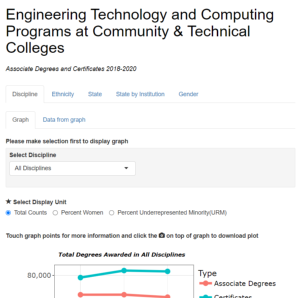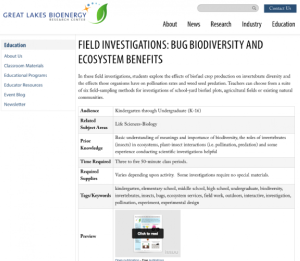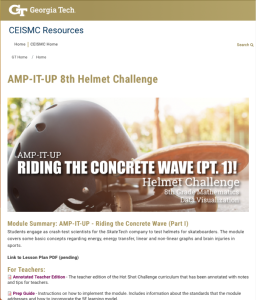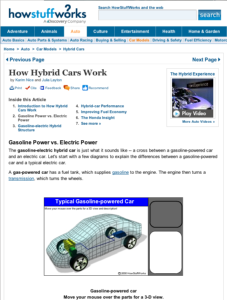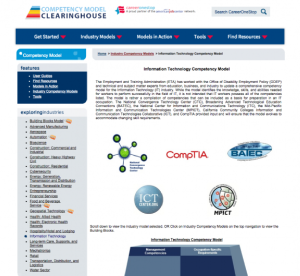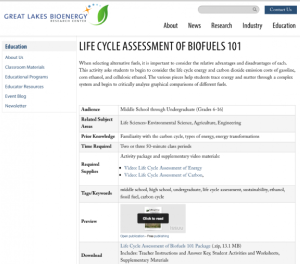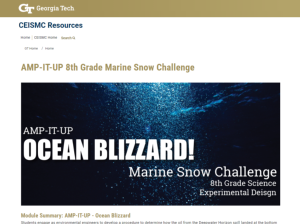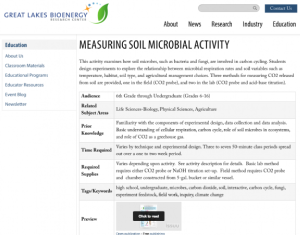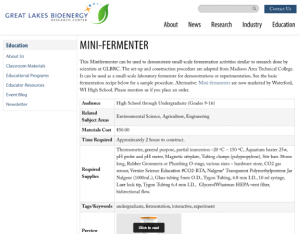Browse Resources
Resources | |
|---|---|
This resource, published by the American Society for Engineering Education, provides statistics related to associate degrees and certificates in engineering technology and computing. This resource features a line graph depicting the number of associate degrees and certificates awarded overtime by...
Students will discover the relationship between biofuel crop production and invertebrate biodiversity in these field investigations as well as the "effects those organisms have on pollination rates and weed seed predation." Instructors will have the option to choose from six field-sampling methods...
This webpage, provided by the Foundation for Water & Energy Education, provides information regarding the use of water as a renewable energy resource in the Pacific Northwest region of the United States. The foundation includes various curricula focused on the topic of hydropower for use in the...
This resource, published by Georgia Tech Research Institute, features a mathematics data visualization activity designed for eighth graders. In this activity, students use a computer simulation to collect data on helmet safety in order to act as crash-test scientists make a recommendations on...
Hybrid cars and other vehicles have been around for many years. This site treats the reader to information concerning a variety of different forms of alternative energy vehicles including the gasoline-electric hybrid car, diesel-electric hybrids and the differences between the series and parallel...
This competency model for Information Technology was developed by the Employment and Training Administration (ETA) in partnership with the Office of Disability Employment Policy (ODEP), and several industry experts, including the National Convergence Technology Center (CTC). The pyramid model...
Students are required to compare various alternative fuels and evaluate advantages and disadvantages using graphical representations of fuel and energy data. "This activity asks students to begin to consider the life cycle energy and carbon dioxide emission costs of gasoline, corn ethanol, and...
This resource, published by Georgia Tech Research Institute, features an science activity designed for eighth graders. In this activity, students engage as environmental engineers to determine how the oil from the Deepwater Horizon Oil Spill landed at the bottom of the ocean in order to prevent...
In this activity, students examine the relationship between soil microbes and carbon cycling through self-designed experiments exploring “microbial respiration rates and soil variables such as temperature, habitat, soil type, and agricultural management choices.” Three different techniques for...
Adapted from the plan and construction methods created by the Madison Area Technical College, the mini-fermenter can be used for both small-scale laboratory fermentation demonstrations and experiments. "This mini-fermenter can be used to demonstrate small-scale fermentation activities similar to...
| |
| ← Previous | Next → |
